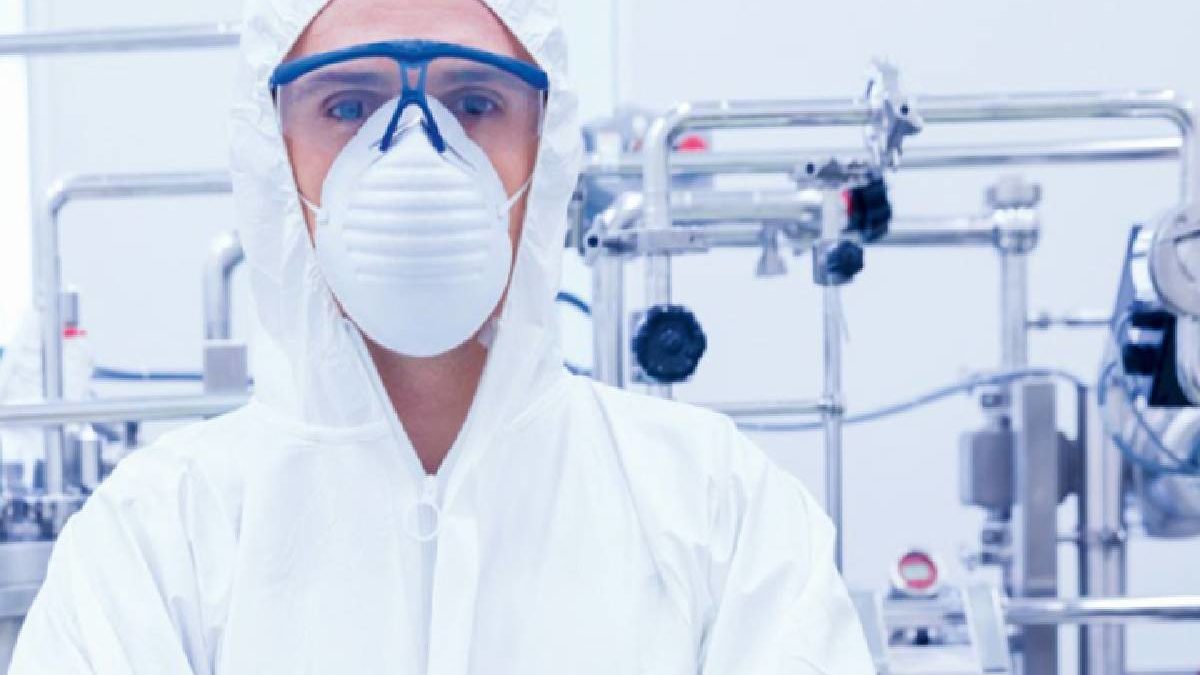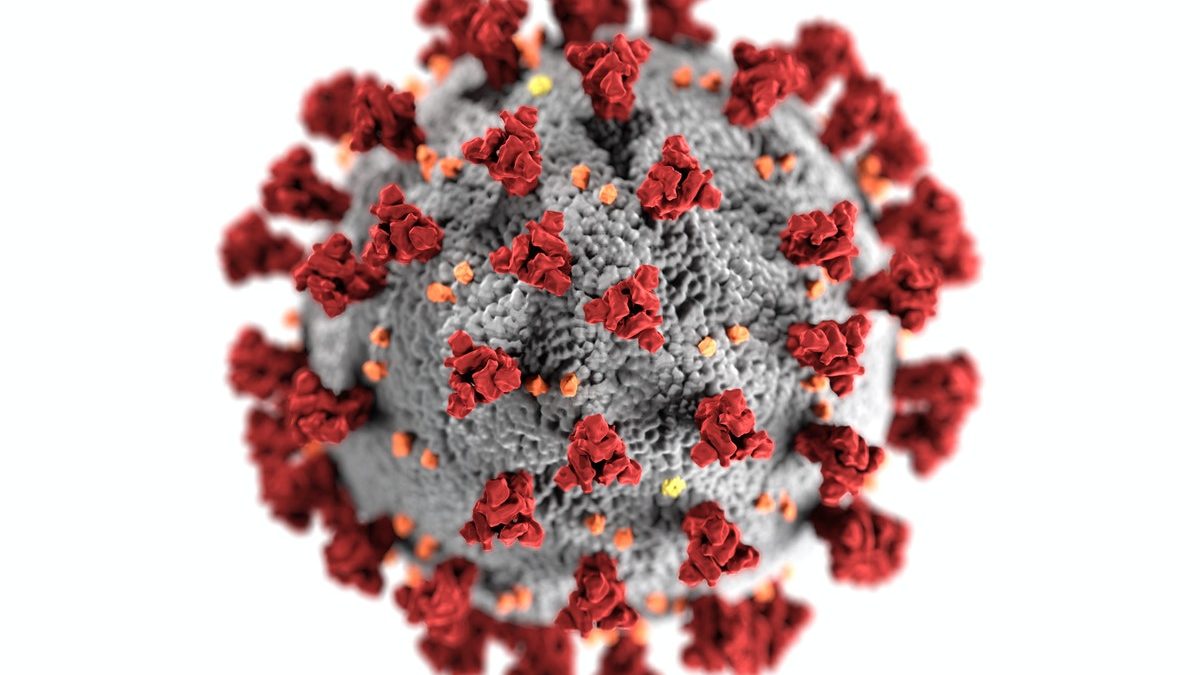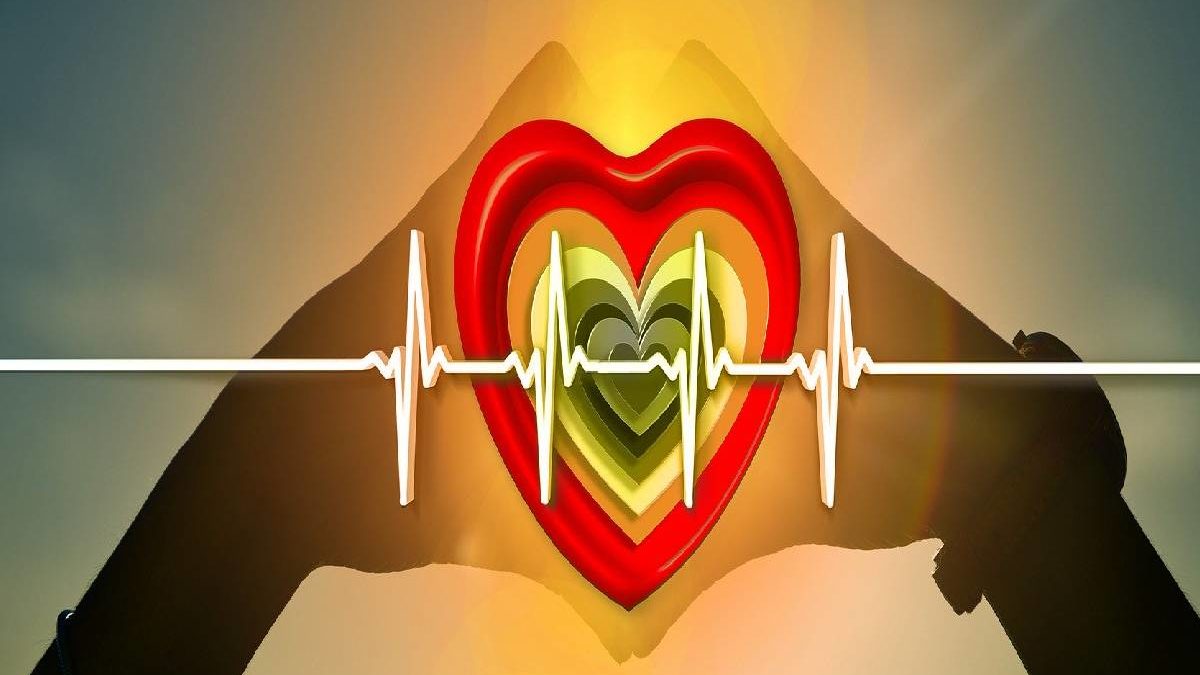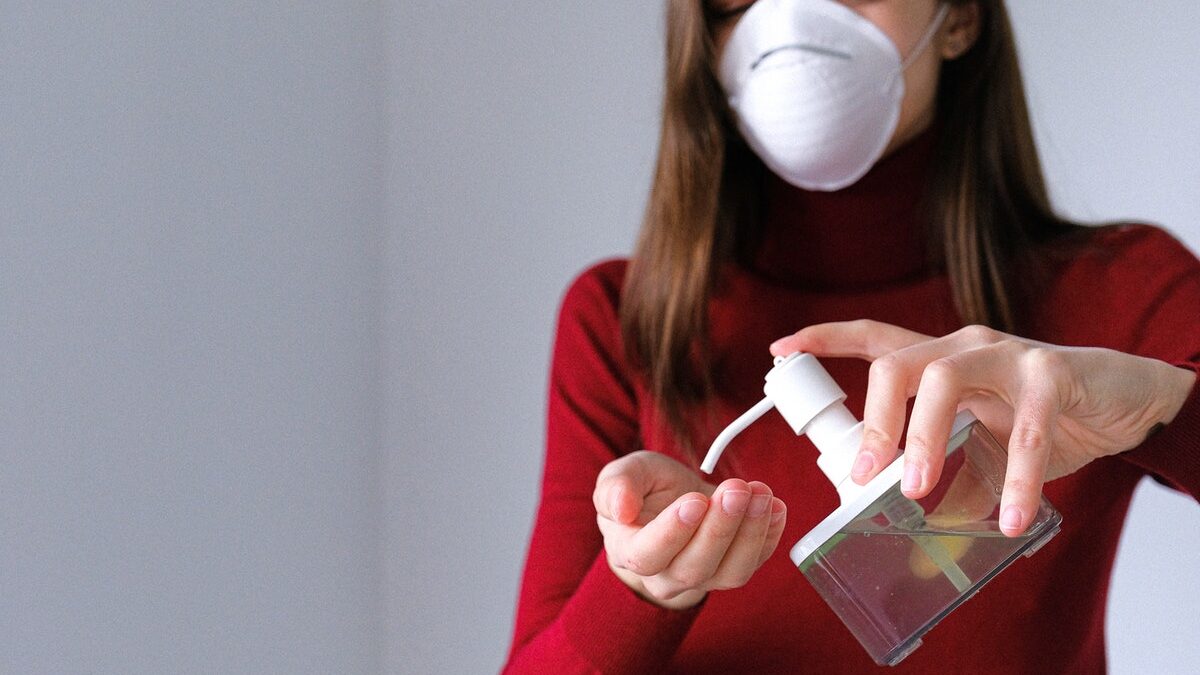
In order to provide the best care for the global pandemic we are facing, it is important to have the right insight. In the midst of this global pandemic, highly-trained medical professionals struggle to find a solution. Meanwhile, an overstretched team is struggling to manage a challenging caseload with limited resources.
What is the role of medical sensors in COVID and why is Sensoronics such a vital company when it comes time to combating COVID’s response?
What are medical sensors?
Medical sensors capture data from a patient while they are in hospital, during intensive care or for a routine checkup. In the past, patients would need to test their blood to monitor oxygen levels. Now, they can be monitored using finger clip sensors or soft sensors.
It saves time, effort, and resources – which are all in short supply within the current healthcare industry.
Why is HTML0 so important?
Quality sensors are now more important than ever when it comes to COVID 19. The disease can cause pneumonia, lungs inflammation, which can lead to breathlessness, and reduced oxygen entering the bloodstream. It can cause fluid to pool in the lungs, making it difficult to fight disease and complicating conditions due to the lack of oxygen in the blood.
The disease is particularly dangerous for those who are immunocompromised or elderly, as well as people in poor health. In this case, it is important to be able to monitor a patient’s level of oxygenation. It is also vital that the system can act as a ‘early alert’ to patients who may otherwise appear to have normal symptoms.
What is Sensoronics?
Sensoronics is a company that specializes in sensor technology. These devices are used at every stage of the medical process. Specializes in medical oxygen sensors. They can be used to monitor patients for extended periods without causing any harm. This allows the capture of detailed patient histories and the detection of emergency issues.
Low blood oxygen levels can be an early sign of illness for many patients. This allows for an informed, rapid response as well as the collection of useful sensor data. These data can be used to create databases that will help learn more about the illness and eliminate complications caused by a lack resources, bias in observation, or other factors.







